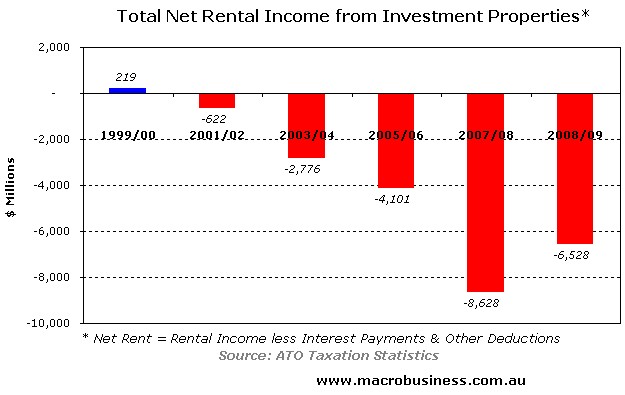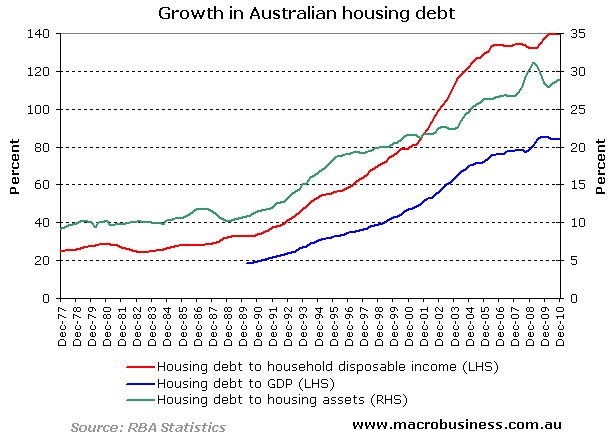
AMP Capital Investors chief economist, Shane Oliver, is a curious beast. Recently he has been arguing that Australian housing is not a bubble. Here’s an example of Dr Oliver’s “no bubble” thesis from an article published yesterday in SmartCompany:
I don’t regard Australian house prices as a bubble. While there was probably a bubble seven or eight years ago, apart from overvaluation there has recently been little sign of the excesses that characterise a bubble: housing credit has been soft, investors have been sidelined, buyers have been restrained and lending standards have not deteriorated. Just as Australians have been sceptical about shares in recent years, they have also been sceptical about real estate, with only 16% of Australians seeing real estate as the wisest place for savings. Hardly the stuff of bubbles!
So confident is Dr Oliver in his “no bubble” thesis, he has even signed-on to appear at a housing debate in June, where he will represent the “no bubble” camp.
Yet, in the same article published yesterday in SmartCompany, Dr Oliver’s made the following observations:
That said, I still regard high house prices as Australia’s Achilles heel. And the reason is simple. Reflecting a huge surge in house prices into 2003/2004 and solid gains since, Australian housing is way overvalued. This has gone hand in hand with a massive increase in household debt.
Signs of overvaluation are evident virtually everywhere:
- Despite recent softness, Australian house prices are still running around 25% above their long term trend.
- According to the OECD, the ratio of house prices to incomes is 34% above its long term average, and the ratio of house prices to rents is 50% above its long term average, both being at the top end of OECD countries.
- According to the 2011 Demographia International Housing Affordability Survey, Australian housing trades on a median multiple of house prices to annual household income which is double that of the US.
- To give some examples, in Los Angeles median house prices are $US345,600, whereas in Sydney they are $US634,300. In Austin, in oil rich Texas, median house prices are $US189,100, whereas in Perth in resource rich WA, median house prices are $480,000.
- Finally, housing looks expensive relative to other assets. It has been argued the surge in house price to income ratios over the last 20 years reflects the adjustment to lower interest rates, which have made higher debt to income levels possible. This is clearly part of it, but it’s worth noting that rental yields on housing have fallen much more than yields on other investments which have also adjusted to low inflation. Right now the gross rental yield on housing is around 3.4%, compared to yields of 7% on unlisted commercial property, 6% for listed property (or A-REITs) and 5% for Australian shares (with franking credits). So for an investor, these other assets represent much better value.
Related to this the debt to income ratio has gone up much more in Australia than in other comparable OECD countries which also went through an adjustment from high inflation to low inflation over the last two decades.
So then, let’s go through a bubble check list. Historic overvaluation. Check. Income returns that in no way rationalise capital prices. Check. A massive run-up in credit. Check. What is this if it’s not a bubble?
Just for fun, below are some metrics confirming Dr Oliver’s points from above.
Severe over valuation:
Exhibit 1: world-beating house price growth:
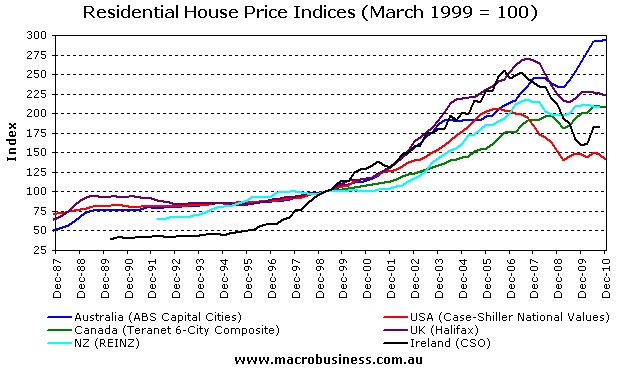
Exhibit 2: strong rise in the size of the housing market relative to Australia’s GDP:
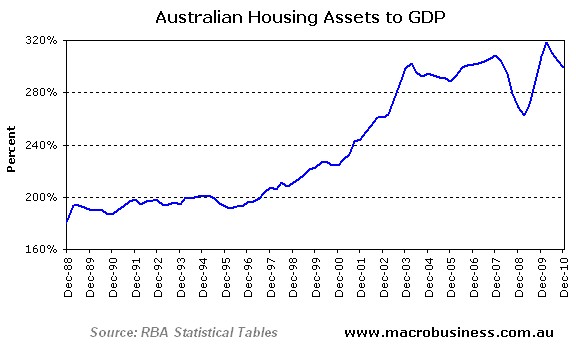
Exhibit 3: huge increase in Australia’s Median Multiples (median house prices divided by median household income):
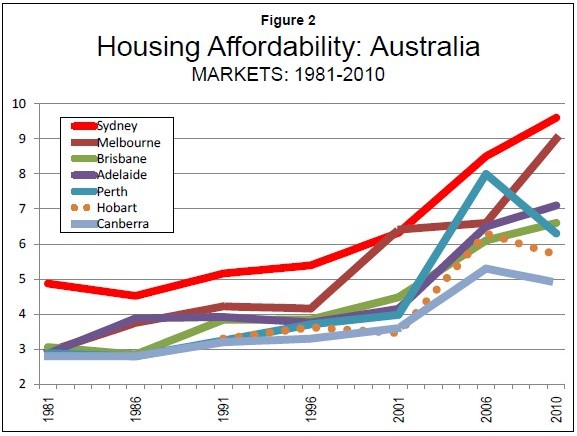
Which has resulted in Australia having 9 of the 20 most unaffordable housing markets in the latest Demographia international housing affordability survey:
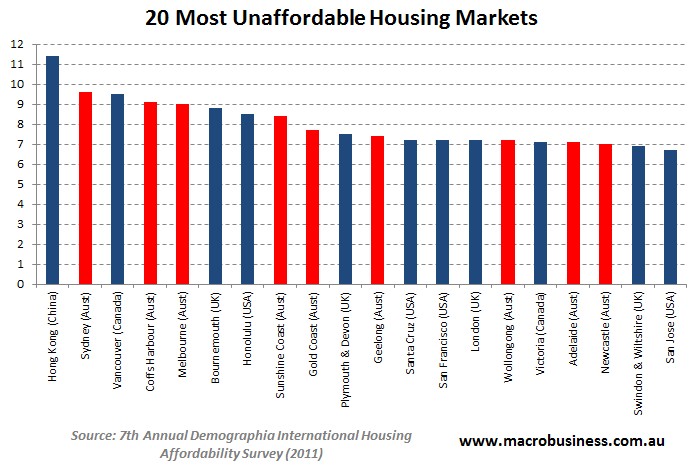
Exhibit 4: significant increase in household income going into mortgage interest payments:
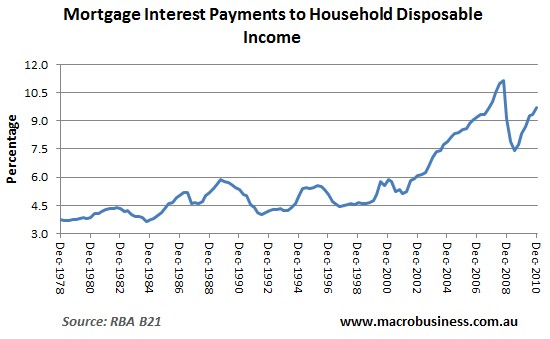
Poor rental returns:
Exhibit 1: sharp decline in gross rental yields to a level far below both term deposit interest rates and mortgage interest rates:
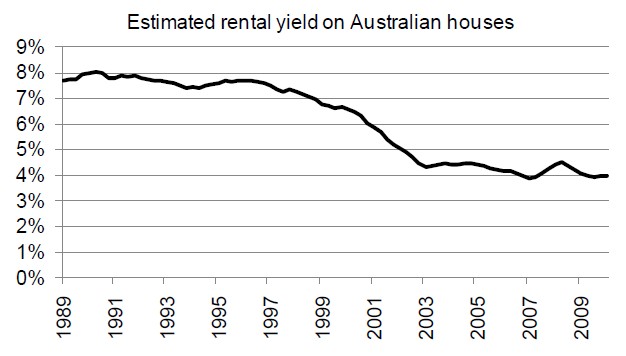
Exhibit 2: reflecting the poor rental returns, a significant increase in negatively geared housing investment since 2000:
Huge increase in housing debt:
Exhibit 1: massive increase in Australian housing debt levels relative to income, assets and GDP:
Exhibit 2: also relative to most other developed nations (chart from IMF):
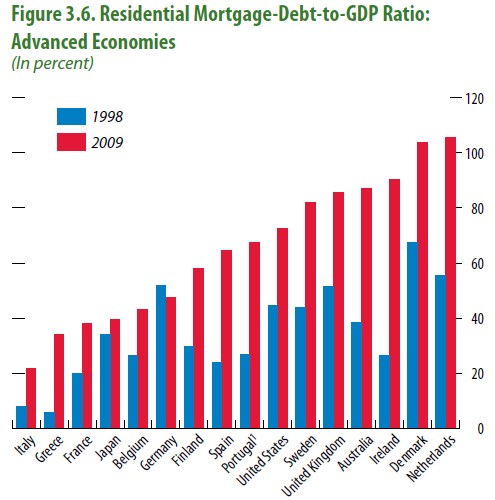
OK, that’s enough showing off. Back to the article. Dr Oliver goes on to address key risks to the housing market:
The overvaluation in Australian housing leaves it vulnerable to anything that leads to an increase in dwelling supply or threatens the ability of homeowners to service their mortages. At present there is no threat on the supply side….
The two threats to watch out for are China and interest rates. A sharp collapse in Chinese growth could trigger reduced export income and higher unemployment. China has been battling an inflation problem, and there is a risk it could over tighten. While this seems unlikely given its track record of wanting to avoid the social unrest that goes with a hard landing, it’s worth keeping an eye on.
The interest rate threat is more worrying. The Reserve Bank has indicated interest rates are likely to rise “at some point” if the economy unfolds as expected. In other words, if the global recovery carries on and the mining boom continues to heat up, its likely rates will need to rise again to make room for the mining boom without causing the economy to overheat. Four interest rate hikes, as some are suggesting, would knock affordability to a new record low.
The problem is that the combination of poor retail sales, low levels of confidence regarding household finances and falling house prices suggests households are struggling with current interest rates. Australian banks are now indicating that while overall mortgage arrears remain low, they are rising, with older home borrowers rapidly reducing their debt while newer borrowers are starting to fall behind in their payments. Further interest rate hikes, particularly before the economy has recovered from the current soft patch, risk knocking households over the edge and with them house prices. It would be best for the RBA to wait a while and then assess.
First, Dr Oliver should perhaps check up on his no supply-side threat with unsold inventories rising across the nation. Second and more significantly, mortgage rates are still far from levels considered historically “tight” yet Dr Oliver sees widespread household stress. How did all of the housing bubbles in the GFC burst? In the US, it happened as Alan Greenspan raised interest rates to levels still below what was considered historically tight. Other markets were then caught in the fallout as global credit seized up but most were also in tightening cycles.
For Australia, let’s also not discount a large number of property investors selling en masse following the retirement of the baby boomers and/or as the prospect of continued capital appreciation disappears.
Dr Oliver finishes the article warning, as I have, that there is little upside potential for Australian house prices, but lots of downside risks:
For house prices, the most likely outcome is an extended period of constrained range bound prices so income levels can catch up, but the risks are on the downside, particularly if interest rates rise much further.
Thanks to massive overvaluation and poor affordability, Australian house prices remain vulnerable to further weakness. A Chinese hard landing and excessive RBA interest rate hikes are the key things to watch.
To my mind, Dr Oliver has offered a good description of the demand side of a “bubble”. An over valuation based upon cheap credit in an asset class that keeps trading despite lousy underlying returns. As I’ve said many times, there are supply side issues too but none that destabilise the bubble moniker.
With Dr Oliver representing the “no bubble” camp in the upcoming housing debate, it looks like its going to be a pretty one-sided affair.
Cheers Leith

